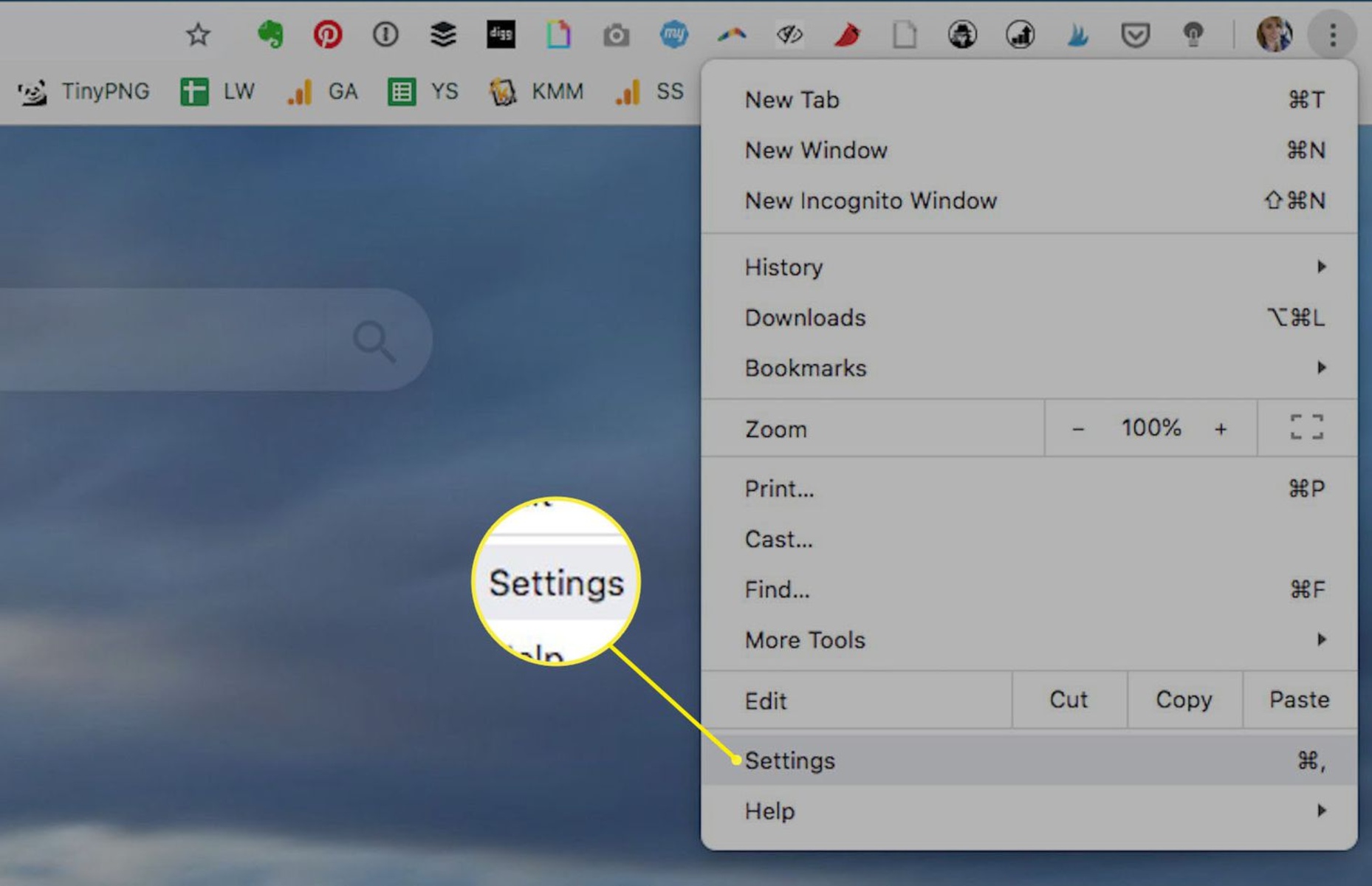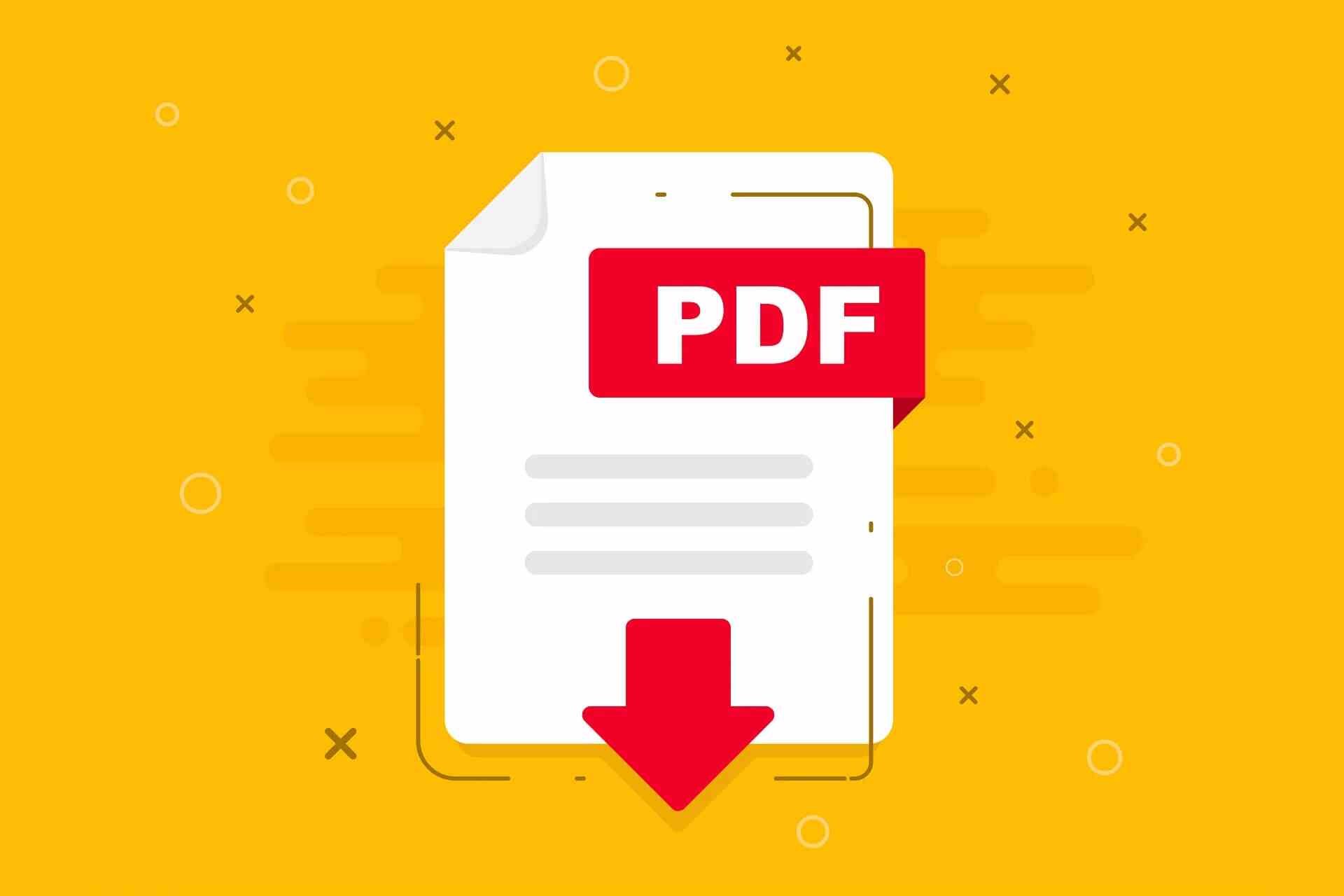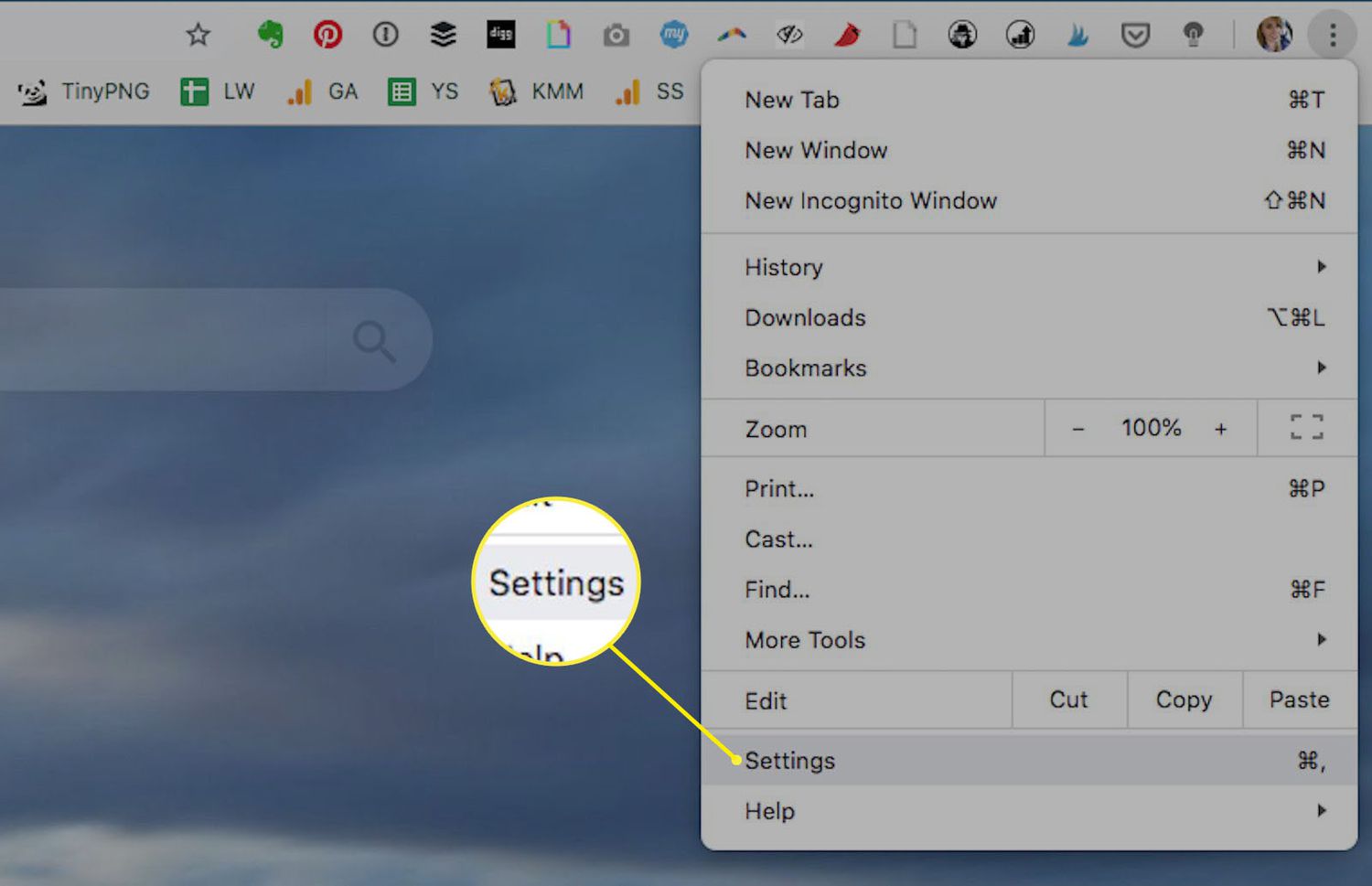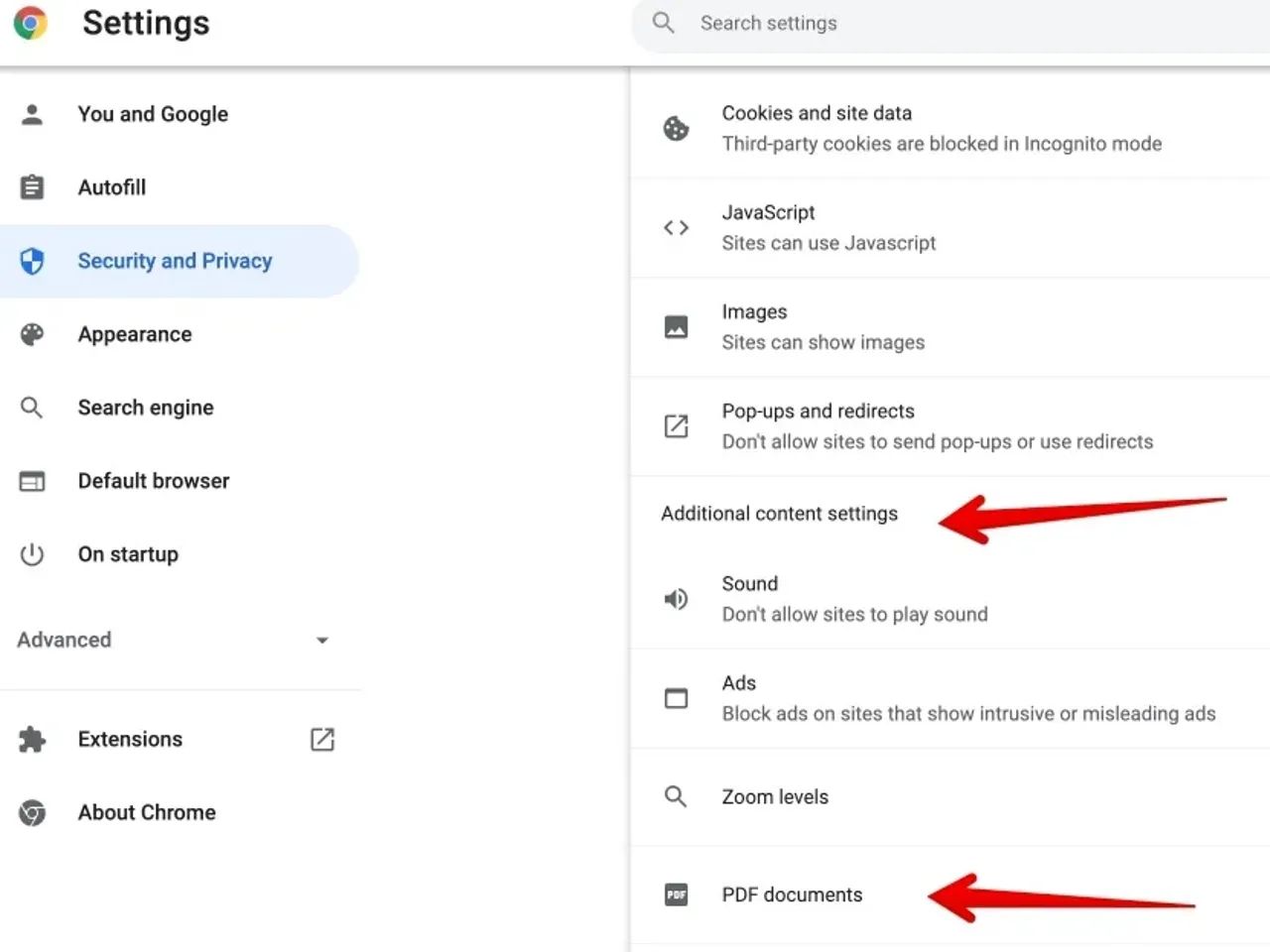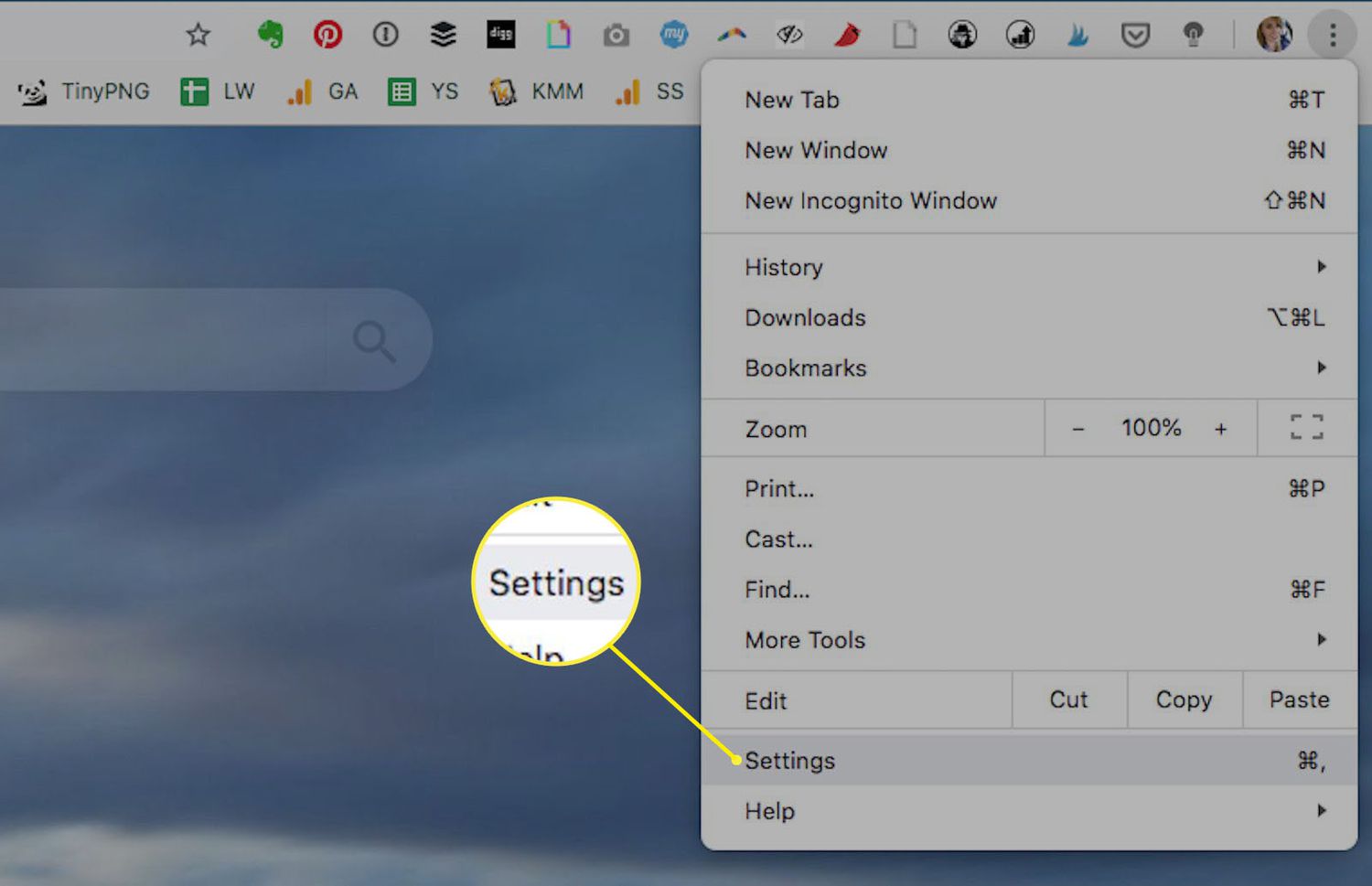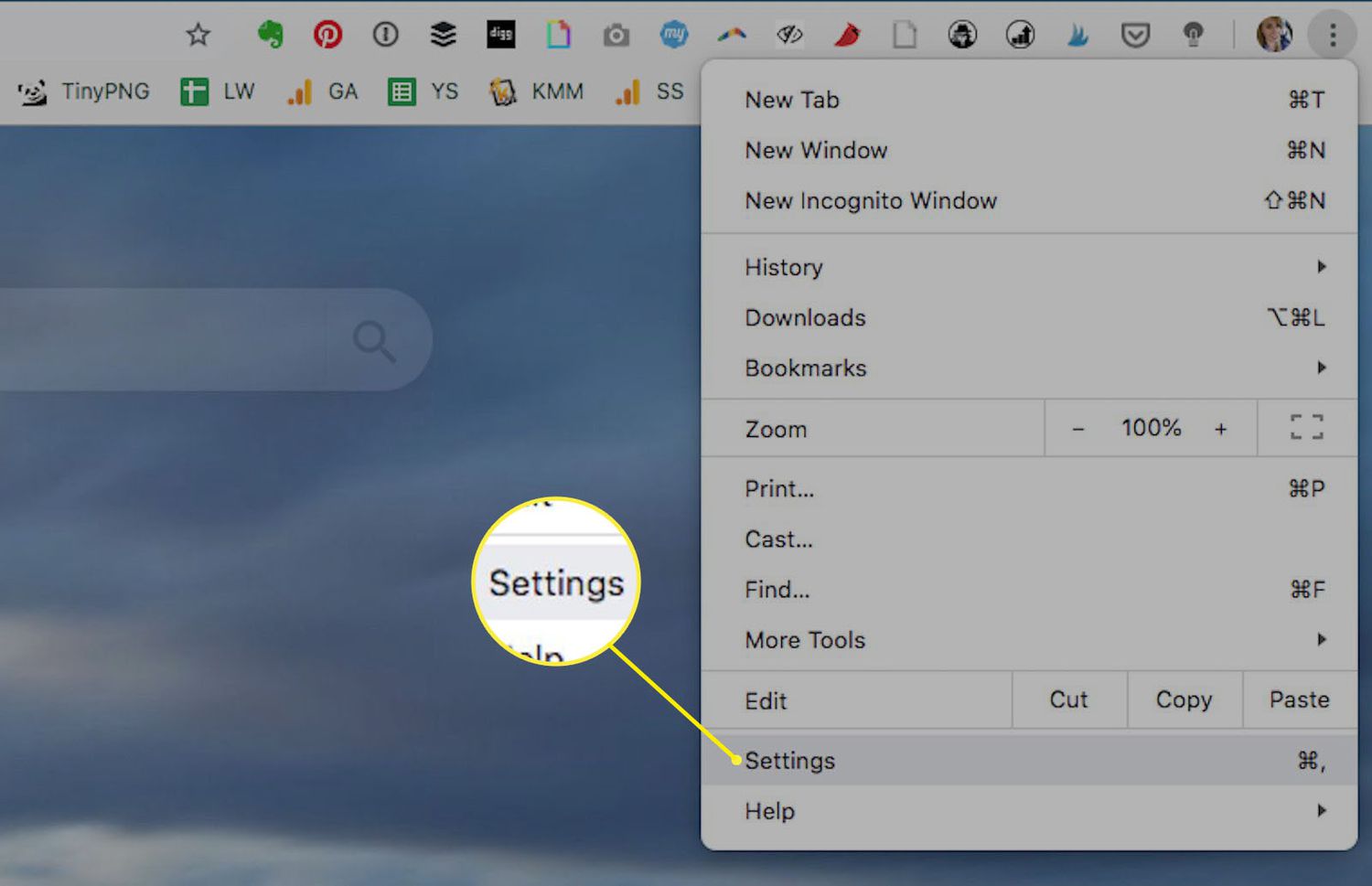Introduction
Google Chrome is one of the most popular web browsers in the world, known for its speed, simplicity, and versatility. Beyond its basic browsing capabilities, Chrome offers a range of features and settings that can be customized to suit individual preferences. One such feature is the ability to control how the browser handles PDF files. By default, Chrome opens PDF files within the browser window. However, some users may prefer to download PDF files directly rather than having them open automatically. This can be particularly useful for those who want to manage their PDF files locally or use a different PDF viewer for enhanced functionality.
In this article, we will explore the step-by-step process of making Google Chrome the default PDF viewer. By following these simple instructions, you can customize your browsing experience and streamline the way PDF files are handled within the Chrome browser. Whether you're a student, professional, or casual internet user, taking control of how PDF files are managed can enhance your productivity and overall browsing experience. So, let's dive into the steps and learn how to make Google Chrome your default PDF viewer.
Step 1: Open Google Chrome
To begin the process of making Google Chrome the default PDF viewer, the first step is to open the Chrome browser on your computer. You can do this by locating the Chrome icon on your desktop or by searching for "Google Chrome" in the Start menu or application launcher. Once you have located the Chrome icon, simply click on it to launch the browser.
Alternatively, if Chrome is pinned to your taskbar or dock, you can open it by clicking on the Chrome icon. Upon clicking the icon, the Chrome browser will launch, and you will be greeted by the familiar interface that includes the address bar, tabs, and various navigation controls.
If you are using a mobile device such as a smartphone or tablet, you can open Google Chrome by tapping on the Chrome app icon on your home screen or in your app drawer. Once the Chrome browser is open, you will be ready to proceed to the next step in the process of configuring Chrome as the default PDF viewer.
Opening Google Chrome is the initial step in this straightforward process, setting the stage for the subsequent steps that will enable you to customize how PDF files are handled within the browser. With Chrome now open and ready for action, you are poised to move on to the next step and take control of your PDF viewing experience.
Step 2: Access Settings
Accessing the settings in Google Chrome is a fundamental step in customizing the browser's behavior, including how it handles PDF files. The settings menu provides users with a wide array of options to personalize their browsing experience, ranging from basic preferences to advanced configurations. To access the settings in Google Chrome, follow the steps outlined below:
-
Locate the Three-Dot Menu: In the top-right corner of the Chrome browser window, you will find a button consisting of three vertically aligned dots. This button serves as the gateway to the browser's settings and additional features. Click on this button to reveal a dropdown menu containing various options and functions.
-
Select "Settings": Within the dropdown menu, scroll down and locate the "Settings" option. Click on "Settings" to access the comprehensive settings interface, where you can manage and customize a wide range of browser features and preferences.
-
Alternatively, Use the Address Bar: An alternative method to access the settings in Google Chrome is by typing "chrome://settings/" into the address bar and pressing "Enter." This direct approach bypasses the dropdown menu and takes you directly to the settings interface.
Upon accessing the settings in Google Chrome, you will be presented with a user-friendly interface that organizes the browser's features into distinct categories. From here, you can explore various sections such as "Privacy and security," "Advanced," "Appearance," "Sync and Google services," and more. Each section contains specific settings and options that allow you to fine-tune your browsing experience according to your preferences.
By accessing the settings in Google Chrome, you gain the ability to delve into the inner workings of the browser and tailor its behavior to align with your specific needs. This level of customization empowers users to optimize their browsing experience, including how PDF files are handled within the browser. With the settings interface at your disposal, you are well-equipped to proceed to the next steps in the process of configuring Google Chrome as the default PDF viewer.
Step 3: Click on Advanced
After accessing the main settings interface in Google Chrome, the next step in customizing the browser's behavior as a PDF viewer is to navigate to the "Advanced" settings. This section houses a range of additional configurations that allow users to delve deeper into the browser's functionality and fine-tune various aspects of their browsing experience.
To access the Advanced settings in Google Chrome, follow these steps:
-
Locate and Click on "Advanced": Within the main settings interface, scroll down to the bottom of the page to reveal additional options. Here, you will find the "Advanced" section. Click on the downward-pointing arrow or the "Advanced" label to expand this section and unveil a host of advanced settings and configurations.
-
Explore Advanced Settings: Upon expanding the "Advanced" section, you will encounter a plethora of advanced settings that cover a wide range of browser functionalities. These settings are organized into categories such as "Privacy and security," "Accessibility," "System," "Reset and clean up," and more. Each category contains specific configurations that cater to users with diverse needs and preferences.
-
Navigate to the "Privacy and security" Category: Within the Advanced settings, you will find the "Privacy and security" category, which encompasses various privacy-related settings and controls. This category is pivotal in shaping how Chrome handles sensitive information and manages different types of content, including PDF files.
By clicking on "Advanced" and exploring the advanced settings in Google Chrome, users gain access to a wealth of customization options that empower them to tailor the browser to their specific requirements. This level of control extends to how PDF files are handled within the browser, allowing users to define their preferred approach to viewing and managing PDF documents.
With the Advanced settings now accessible, users are well-positioned to proceed to the subsequent steps in the process of configuring Google Chrome as the default PDF viewer. This seamless progression through the settings interface equips users with the tools and knowledge needed to take full control of their PDF viewing experience within the Chrome browser.
Step 4: Locate and Click on Site Settings
Once you have accessed the Advanced settings in Google Chrome, the next crucial step in configuring Chrome as the default PDF viewer is to locate and click on the "Site Settings." This pivotal section within the browser's settings interface allows users to manage and customize site-specific preferences, including how Chrome handles PDF documents and other types of content on individual websites.
To locate and click on Site Settings, follow these detailed steps:
-
Navigate to the Privacy and Security Category: Within the Advanced settings interface, scroll down to find the "Privacy and security" category. This section encompasses a range of settings related to user privacy, site permissions, and content handling.
-
Access Site Settings: Within the "Privacy and security" category, locate the "Site Settings" option. Click on "Site Settings" to delve into the granular controls that govern how Chrome interacts with websites and manages various types of content, including PDF files.
-
Explore Site Permissions: Upon entering the Site Settings, you will encounter a comprehensive array of site permissions and content controls. These permissions cover aspects such as location access, camera and microphone usage, notifications, and more. Additionally, this section provides specific controls for handling PDF documents on individual websites.
The Site Settings section serves as a central hub for managing site-specific preferences and permissions, empowering users to define how Chrome interacts with different websites and handles various types of content. By accessing this section, users gain the ability to fine-tune their browsing experience at a granular level, ensuring that their preferences are honored when interacting with different websites and viewing PDF files.
With the Site Settings now accessible, users are poised to proceed to the subsequent steps in the process of configuring Google Chrome as the default PDF viewer. This seamless progression through the settings interface equips users with the tools and knowledge needed to take full control of their PDF viewing experience within the Chrome browser.
Step 5: Find PDF Documents
Within the Site Settings of Google Chrome, locating the specific settings related to PDF documents is essential for customizing the browser's behavior as a default PDF viewer. This step involves identifying the dedicated controls that govern how Chrome handles PDF files, enabling users to define their preferred approach to viewing and managing these documents.
To find the settings related to PDF documents within Google Chrome, follow these detailed steps:
-
Navigate to Content Settings: Within the Site Settings interface, locate and click on the "Content settings" option. This section houses a range of controls related to website content, including PDF documents. By accessing the Content settings, users gain insight into how Chrome manages various types of content across different websites.
-
Locate PDF Documents: Upon entering the Content settings, scroll down to find the "PDF documents" section. This specific category is dedicated to controlling how Chrome handles PDF files when encountered during web browsing. Users can define their preferred behavior for PDF documents, such as whether to download them directly or open them within the browser.
-
Explore PDF Settings: Within the PDF documents section, users will encounter a set of configurable options that govern the handling of PDF files. These settings may include the ability to choose whether PDFs should be opened automatically in Chrome, downloaded to the local device, or handled by an external application. By exploring these settings, users can tailor their PDF viewing experience to align with their specific preferences.
By finding and accessing the PDF documents settings within Google Chrome's Site Settings, users gain the ability to fine-tune how the browser interacts with PDF files encountered during web browsing. This level of control empowers users to define their preferred approach to handling PDF documents, ensuring a personalized and efficient viewing experience.
With the PDF documents settings now located and accessible, users are well-equipped to proceed to the subsequent steps in the process of configuring Google Chrome as the default PDF viewer. This seamless progression through the settings interface equips users with the tools and knowledge needed to take full control of their PDF viewing experience within the Chrome browser.
Step 6: Enable "Download PDF files instead of automatically opening them in Chrome"
Enabling the option to "Download PDF files instead of automatically opening them in Chrome" is a pivotal step in configuring Google Chrome as the default PDF viewer. This setting provides users with the flexibility to manage PDF files according to their preferences, allowing for seamless downloading of PDF documents for local storage or alternative viewing methods. By enabling this option, users can take full control of how PDF files are handled within the browser, enhancing their browsing experience and productivity.
To enable the "Download PDF files instead of automatically opening them in Chrome" option, follow these detailed steps:
-
Access PDF Documents Settings: Within the Content settings of Google Chrome's Site Settings, locate the "PDF documents" section. This is where the specific controls related to handling PDF files are housed.
-
Enable the Download Option: Within the "PDF documents" section, look for the toggle or checkbox associated with the "Download PDF files instead of automatically opening them in Chrome" option. Click on the toggle or checkbox to enable this setting.
-
Confirmation and Application: Upon enabling the "Download PDF files" option, the browser will automatically apply the changes. From this point forward, when encountering PDF files during web browsing, Chrome will initiate the download process instead of automatically opening the files within the browser window.
Enabling the "Download PDF files instead of automatically opening them in Chrome" option empowers users to seamlessly manage PDF documents according to their preferences. This setting is particularly beneficial for individuals who prefer to organize and store PDF files locally, utilize alternative PDF viewers, or maintain a streamlined workflow when accessing and managing PDF content.
By enabling this option, users can ensure that PDF files are handled in a manner that aligns with their specific needs and workflows, ultimately enhancing their browsing experience and productivity within the Chrome browser.
With the "Download PDF files" option now enabled, users have successfully configured Google Chrome as their default PDF viewer, tailored to their individual preferences and requirements. This seamless customization process equips users with the tools and knowledge needed to take full control of their PDF viewing experience within the Chrome browser.
Step 7: Test the Default PDF Viewer
After configuring Google Chrome to act as the default PDF viewer and enabling the option to download PDF files instead of automatically opening them in the browser, it's essential to conduct a thorough test to ensure that the desired settings are effectively implemented.
To test the default PDF viewer in Google Chrome, follow these steps:
-
Encounter a PDF File: Navigate to a website or online resource that contains a PDF document. This can be achieved by visiting a site known to host PDF files, accessing an online repository of documents, or simply conducting a web search for PDF content.
-
Click on a PDF Link: Once you have identified a PDF file or document link, click on it to initiate the download or viewing process. This action will prompt Chrome to handle the PDF file based on the configured settings.
-
Observe the Behavior: Upon clicking the PDF link, observe how Chrome responds to the file. If the settings have been successfully configured, Chrome should initiate the download of the PDF file to your local device, as opposed to automatically opening it within the browser window.
-
Verify the Download: Check your designated download location, such as the Downloads folder on your computer, to confirm that the PDF file has been successfully downloaded. This verification step ensures that the configured settings are effectively directing PDF files to be saved locally.
-
Optional: Open the PDF File: If you prefer to open the PDF file using a specific application or external viewer, locate the downloaded PDF file and open it using your preferred method. This step allows you to confirm that the downloaded PDF files can be seamlessly accessed and viewed using alternative applications.
By conducting a comprehensive test of the default PDF viewer in Google Chrome, users can validate that the configured settings are functioning as intended. This testing process provides assurance that PDF files are being handled according to the specified preferences, empowering users to seamlessly manage and interact with PDF content during their browsing activities.
With the successful completion of the testing phase, users can rest assured that Google Chrome has been effectively configured as their default PDF viewer, aligning with their individual preferences and optimizing their overall browsing experience.







